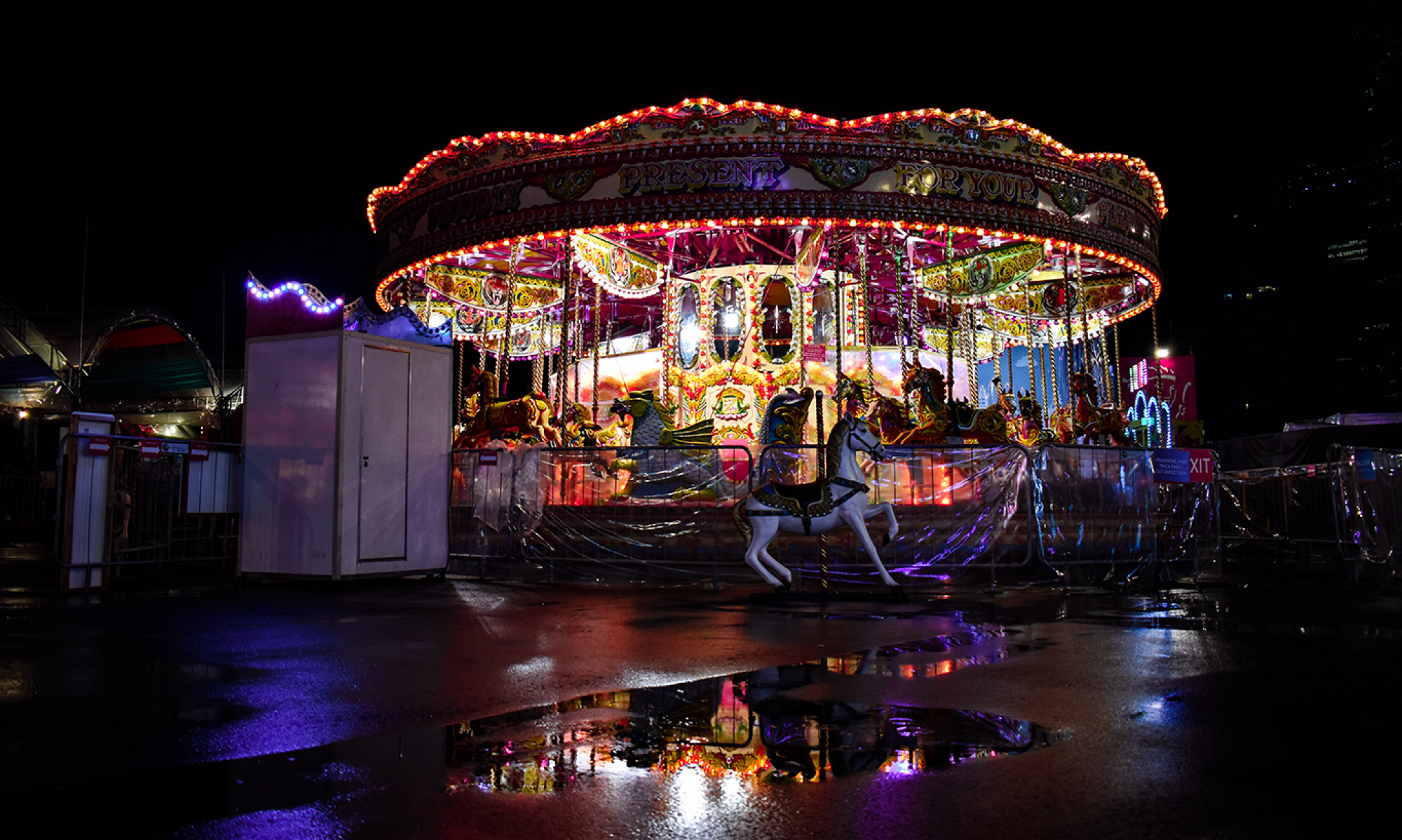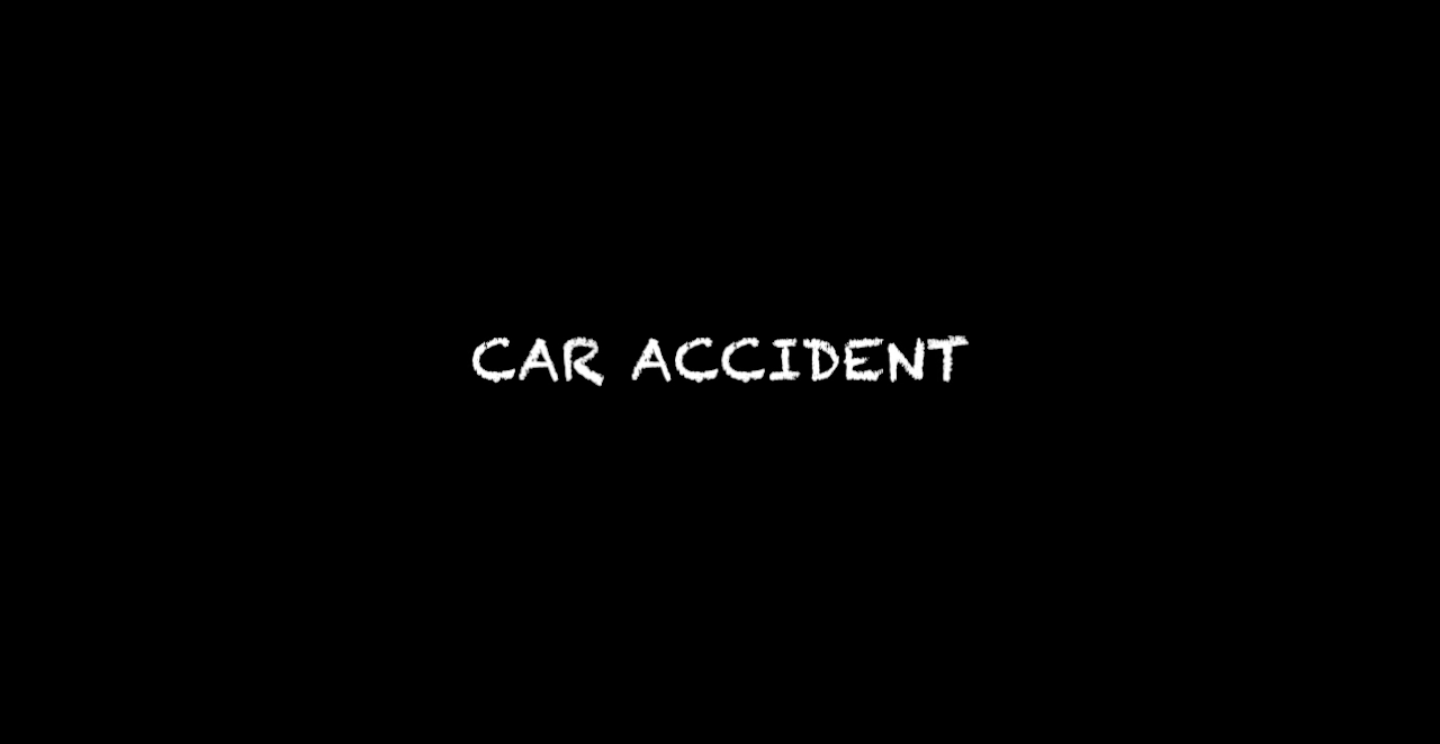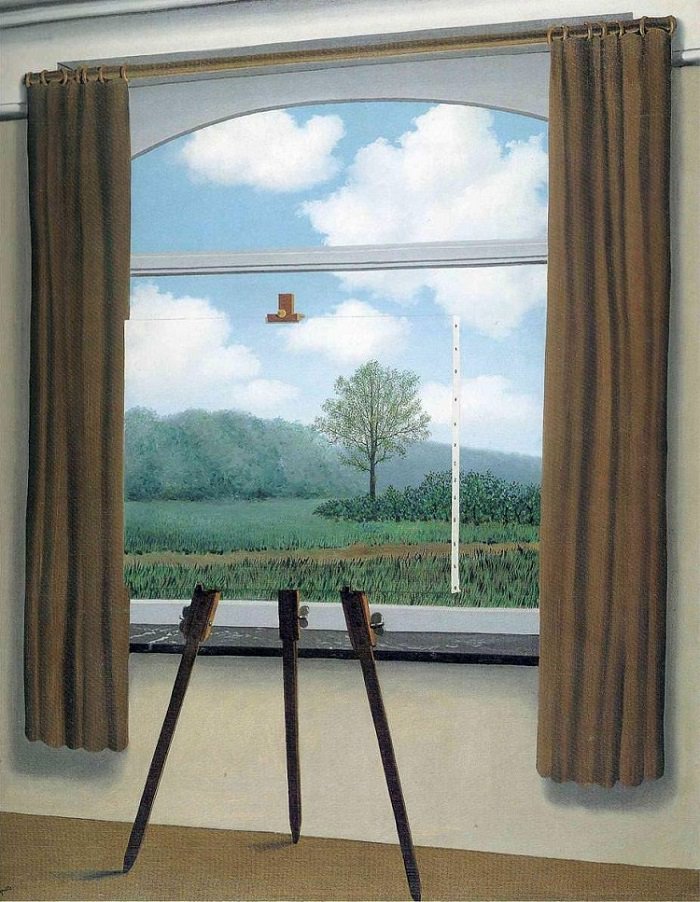Brainstorming
In the assignment Poetics of Time, we were tasked to explore on the theme of time and space, manipulating it as measured time, edited time, biological time or experienced time. The project was broad in terms of its allocated theme, having no limitations on the topics we can discuss, hence I decided to progress from my previous assignment on the Impossibilities of Being: Morgue. (https://oss.adm.ntu.edu.sg/bren0022/a-morgue-project-3-impossibilities-of-being/)
The reason so was that a narrative was already built up in the previous assignment revolving around time before or in the midst of mortality, and there were interesting elements of the manipulation of time involved, hence, I wanted to build on that narrative to create a stronger timeline. With this in mind, I tried to project the idea of time after mortality in this assignment, playing with edited time and experienced time.

Moodboard

In the brainstorming of the narrative, I was conflicted in the decision of how I wanted to portray the theme of mortality as I did not want to show a gruesome and morbid perspective, hence I wanted to show something more experimental and almost abstract. I collated a series of images I envisioned seeing in the project and placed it onto a mood board for the submission of the installation proposal. There are a few pointers that I would definitely want to incorporate into the installation: the play of sound and light, the persona for judgement and the idea of a tiny space.


Intentions
Because the intention was to progress from the previous assignment, I had to incorporate the theme of mortality within the installation. However, most artworks revolving around mortality tend to be visually jarring or brutal, almost too morbid to a certain extent. Hence, I decided to head towards the direction of an experimental portrayal of mortality, almost abstract like. This method would create an amorphous platform in scrutinising death, moving away from the conventional perspective of hell or heaven. In the theme of abstract, the portrayal would almost be a moving picture of geometric abstraction combined with surrealism, done so through lights, colours and props. Using these elements, it helps to create a space of introspection that manipulates time, which I will explain further in the final video writeup below.
Lighting, colour and props

An artist that I would reference t0 would be James Turrel in his exploration of light and space. Turrel’s works emphasises on the interaction between the power of a space and the light that permeates through it. He also explores greatly on the usage of light and gradient, creating a strong sense of space. In his “Wedgework Series”, the usage of black contrasted to a saturated hue of violet creates an almost visually perceivable breath of air, the air of interaction between the personification of the black and violet. The space created by the gradient also gives life to the space within the violet. This space instantly creates an idea of private introspection due to its lack of outside interference.
In my work, I wanted to play with lights as well, mainly a well assorted range of colours to create the intensity of existential introspection versus geometric abstraction. Hence, I decided to play with mounting board placed in front of a lamp shown below.

Because the mounting board itself has tiny cylindrical space within the plates, the light shone from the lamp is able to permeate the board and flash an intense burst of colour. The colour is intensified as the mounting board is a fixed and sharp rectangular shape, enhancing the idea of geometric abstraction when looked from one fixed vantage point. The mounting boards are held on by a string in place. There were three main colours used in the video, red, blue and yellow, coupled with the geometric shape, gives rise to an even stronger theme of stripping mortality down to the simplest form. Within the space, a bright light of blue is cast by the projector, creating a strong interaction between the red and yellow, trying to fight off the strong presence of blue hue.


Furthermore, props like a mirrored mask was made to enhance the theme of light as mirrors tend to reflect light. The mask also serves as a personification of the actor’s character as the entity that judges in the afterlife, since mirrors are the truest object to judge. “Mirrorface” is made by placing broken mirror shards onto a plastic mask, contouring the face with the mirror to create a reflection at any angle. This multiplicity of facades creates the disco light effect.

When the mirror is hit with the projector light, it instantly creates a mirrored pattern of tiny reflections all over the room, very much like disco ball.



Actor and direction
In the consideration of the direction of the video, I decided to task the acting to someone else other than myself as I wanted the intentions and portrayal to be in its truest form, and by this stage of brainstorming, my portrayal of mortality would be thwarted by the conceptualising. The character in the narrative is labelled as “Mirrorface”, an entity that judges in the aftermath of life, playing around in the space where every soul goes to after mortality. I decided to play the song “Lucy in the Sky with Diamonds” during the video shoot, making the actor interpret his own actions according to the song. The only instructions given were to move according to the speed of the song: with the fast paced chorus accompanied with the twirling of the umbrella and the slow paced hook accompanied with the confrontational focus of the mask.
“Lucy in the Sky with Diamonds” was chosen due to its inherent meaning about a journey to an unknown fantasy land. In John Lennon’s explanation of the song’s meaning, he explained his love for Alice in Wonderland and paralleled this song to Alice’s journey. This song was also widely criticised for its relations to Lysergic acid diethylamide drugs, also known as LSD, which are the initials to the song’s title. It is said that the Beatles wrote this song while high on LSD, therefore creating the trippy and unorthodox rhythm and style of the song. This song related well to the theme of the video, being a trippy journey into the space after death, and being bombarded with colours and light.
The actor was then instructed on the intentions of the video, thereafter given different cues such as coming into focus of the camera or twirling the umbrella with greater intensity. Other than these, the entire video was up to the interpretation of the actor regarding an abstract form of a space after mortality, all shot with one take only and edited accordingly.



Editing and vantage point
After the usage of the song “Lucy in the Sky with Diamonds” in the production of the video, I decided to play the song in concurrent with the video to instil the same environment achieved during the video shoot in the video itself. Hence, I edited the video according to the song, playing with the rhythm and beats of the chords. I decided to play with the song in terms of building a sound narrative, letting the song play out normally until the middle, where I started to play with the imageries and building the tension from there.

The midpoint where the imageries are altered with begins with the glitching of the music, which are actually natural glitches found in the sound file. I decided to play with the glitch by making sharp transitions of colours on the visuals, coinciding with the glitch sound to create a surrealistic imagery. I also applied the same technique in the strong beats further down in the song, visualising the chord beat. The switch of colours are done so through cutting segments of videos and changing the colour piece by piece.



In the attempt of portraying tension in the video, I culminated the imageries with increasingly saturated scenes and increasingly desaturated scenes, creating visually jarring and calming conditions at the same time. Despite having multiple light sources, the lights are angled at one direction, casting over the shoulders with a theatrical tint.

I also played with the song file as well, cutting out abrupt stops in the chorus to play with the build-up of the tension. The abrupt stop destroys the psychological tension the audience had build up.

I also layered the chorus to create a psychedelic effect of echoing voices.

Final
This installation features the aftermath of the events that took place in the Impossibilities of Being: The Morgue. It speaks about the theme of mortality in an unconventional manner, without depicting any trace to the concept of Heaven or Hell. The installation comprises of a video playing within a coffin-like structure, depicting a video of a character dancing to the song “Lucy in the Sky with Diamonds”. It features a play of tempo and light, creating a space that has altered time. The play of colours and geometric shapes creates a sense of geometric abstraction within the video, stripping down the theme of death into its most basic elements.


 Setup of Installation
Setup of Installation
The moment the audience enters the room, the video from the previous assignment would be played in the background to reiterate the relations of timeline between both projects, inciting a link that the audience would be able to relate to. They would then look at the next video through the obelisk-like coffin.
Since this work is a progression from the previous video assignment, I decided to follow the narrative and create an obelisk-like coffin where the video will be played through. The installation would be placed in the same room the video is shot, as if the video is a memory that the obelisk is trying to project through its peephole.
The obelisk-like coffin is an essential prop to the entire installation, hence it was difficult in producing it. There were a total of three attempts in creating the obelisk since I initially wanted to create a collapsible structure that could be brought around. The project started with dexterous calculation of length and breadth of the mounting boards, as well as arduous attempts of spray painting. The first attempt was using knobs and ridges to create a collapsible panel of boxes to form the coffin, which would have worked if not for the unstable knobs that flew out of place easily due to its material. The second attempt was using strings that tied the boxes together to create the layering of the boxes from a height. This failed because of the strong gravity pulling the boxes apart slowly, and also how the aesthetics of the coffin was ruined by the strings. The last attempt negated the collapsible element, where I built the coffin structure straightaway, but limiting myself to light materials that makes it portable.
































 (Left to Right) Yo Zhen Qi, Daphne Tan Shu Fang, Frederick Lee Zhi Bei, Claire Chew Tze Ning
Also,
Thaddy Lim Fang Xiang and Bryan Leow Yee Kiang
Actors Reflection:
Frederick- Brendan is a good director because he sets the mood right for acting and helped me in overcoming my challenge, which is to act with co workers because it is quite difficult to accommodate with the other’s emotions on set.
Claire- Being very certain of what he wanted to achieve out of his project, Brendan was meticulously detailed in carrying out his plans - by allowing his actors to watch sad videos before the filming to set the right mood for it, and also by patiently explaining his storyline to them repeatedly such that they were crystal clear in what they had to execute. Brendan too was very understanding and polite towards his actors even when they had made mistakes along the process of the filming, and had no qualms about reshooting the scenes over and over again till it was near perfection. Overall, Brendan makes a marvellous director in terms of his punctiliousness towards his project and also his considerate behaviour towards his actors to ensure a smooth and fun filming procedure.
(Left to Right) Yo Zhen Qi, Daphne Tan Shu Fang, Frederick Lee Zhi Bei, Claire Chew Tze Ning
Also,
Thaddy Lim Fang Xiang and Bryan Leow Yee Kiang
Actors Reflection:
Frederick- Brendan is a good director because he sets the mood right for acting and helped me in overcoming my challenge, which is to act with co workers because it is quite difficult to accommodate with the other’s emotions on set.
Claire- Being very certain of what he wanted to achieve out of his project, Brendan was meticulously detailed in carrying out his plans - by allowing his actors to watch sad videos before the filming to set the right mood for it, and also by patiently explaining his storyline to them repeatedly such that they were crystal clear in what they had to execute. Brendan too was very understanding and polite towards his actors even when they had made mistakes along the process of the filming, and had no qualms about reshooting the scenes over and over again till it was near perfection. Overall, Brendan makes a marvellous director in terms of his punctiliousness towards his project and also his considerate behaviour towards his actors to ensure a smooth and fun filming procedure.

































